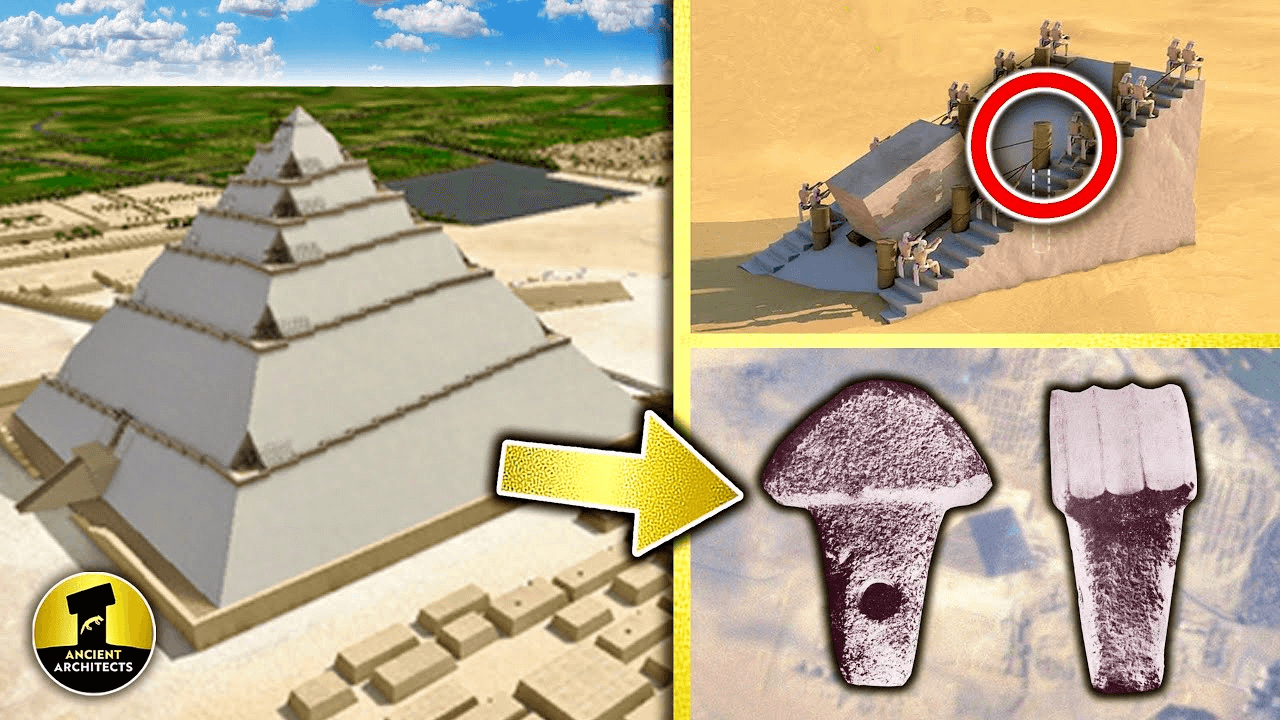The Great Pyramid of Giza stands as an enduring marvel of ancient engineering, captivating generations with its enigmatic construction. Despite myriad hypotheses attempting to unravel its mysteries, the method by which the colossal stone blocks were transported and assembled continues to baffle scholars and laypeople alike.
Among the speculative accounts, the Greek historian Herodotus proposed a theory involving wooden machines to hoist the blocks into position, while Jean Pierre Houdan, a seasoned architect with decades of research on the subject, offers alternative conjectures. However, the dearth of contemporary documentation complicates the validation of any single explanation.
Recent archaeological findings provide intriguing insights. Excavations reveal extensive limestone quarries, suggesting significant technological intervention was necessary. In the 1930s, Egyptologist Sim Hassan unearthed basalt artifacts featuring intricate pulley-like structures, hinting at the Egyptians' adeptness with mechanical aids for lifting and maneuvering heavy loads.
This revelation underscores the sophistication of ancient Egyptian craftsmanship, showcasing their mastery of technical instruments and ingenuity in overcoming logistical challenges. The utilization of pulleys and other contraptions undoubtedly facilitated the transportation and placement of immense stone blocks across the Giza plateau.
For a comprehensive exploration of this fascinating topic, watch the informative video linked below.







